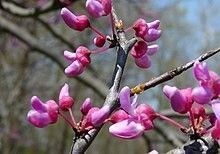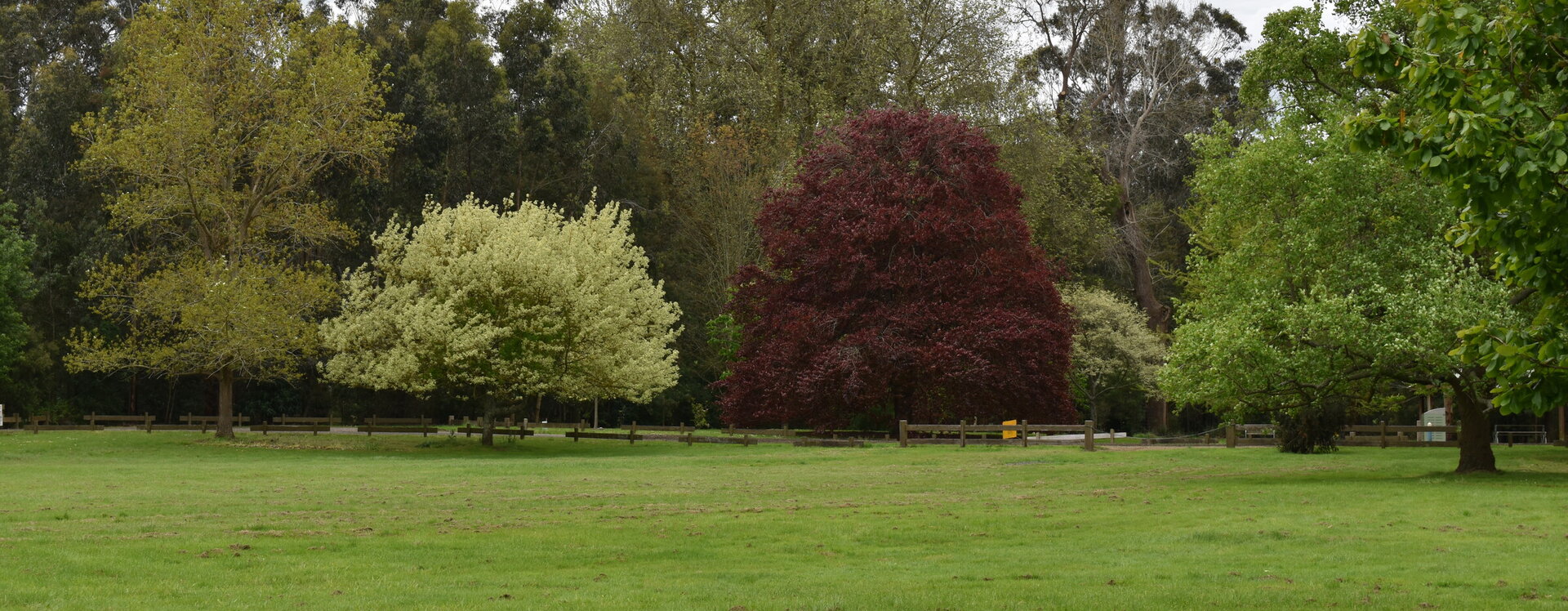

Cercis canadensis
Cercis
Species: Cercis canadensis
Genus: Cercis
Family: Fabaceae
Common name/s: Forest pansy
Provenance: Exotic, eastern North America
General description: The forest pansy typically grows to 6–9 m tall with an 8–10 m spread. It generally has a short, often twisted trunk and spreading branches.
Stems and bark: Red brown, with deep fissures and scaly surface. Branchlets at first lustrous brown, later become darker.
Leaves: Alternate, simple, heart-shaped or broadly ovate, 5 – 12 cm long, five to seven-nerved, cordate or truncate at the base, entire, acute. Leaves emerge folded along the line of the midrib, tawny green. Mature; smooth, dark green above, paler beneath. In autumn they turn bright clear yellow. Petioles slender, terete, enlarged at the base. Stipules caducous.
Flowers: Late spring, before and with the leaves borne four to eight together, in fascicles which appear at the axils of the leaves or along the branch and sometimes on the trunk itself.
Calyx; dark red, campanulate, oblique, five-toothed, imbricate in bud. Corolla; papilionaceous, petals five, nearly equal, pink or rose colour, upper petal the smallest, enclosed in the bud by the wings, and encircled by the broader keel petals. Stamens; ten, inserted in two rows on a thin disk, free, the inner row rather shorter than the others. Pistil; ovary superior, inserted obliquely in the bottom of the calyx tube, stipitate; style fleshy, incurved, tipped with an obtuse stigma.
Seeds/fruit: Legume, slightly stipitate, unequally oblong, acute at each end. Compressed, tipped with the remnants of the style, straight on upper and curved on the lower edge. 6 – 8 cm, rose pink colour, full grown by midsummer, falls in early winter. Seeds ten to twelve, chestnut brown, 0.5 cm long.
Location: B5
Latitude: -38.401785420000 Longitude: 146.052983260000
Planted: 2020

